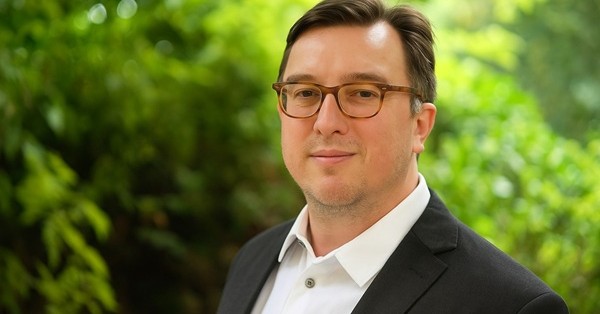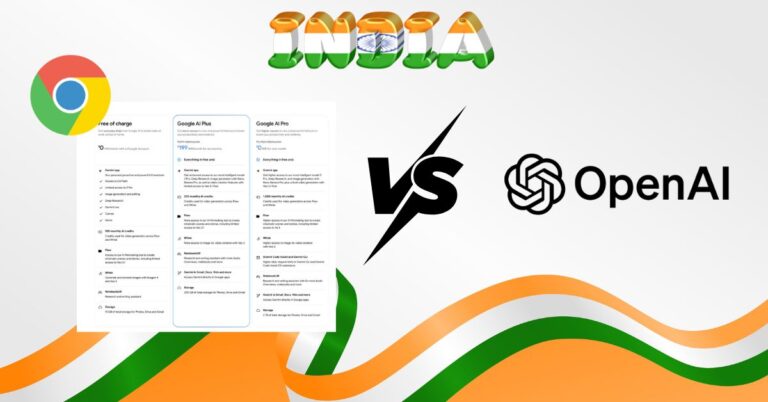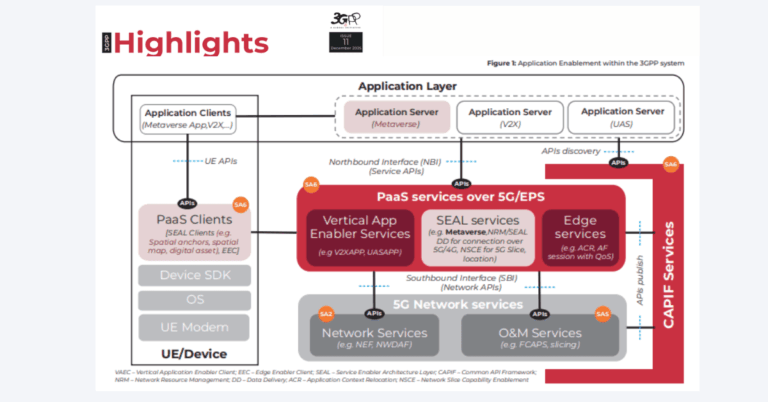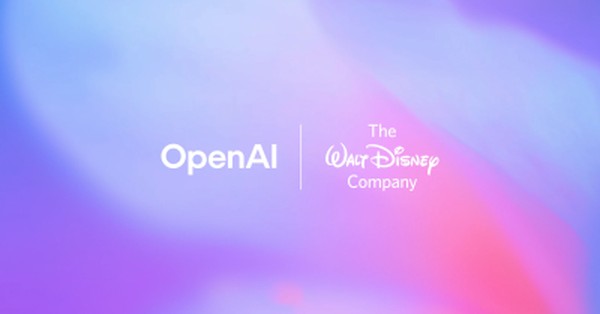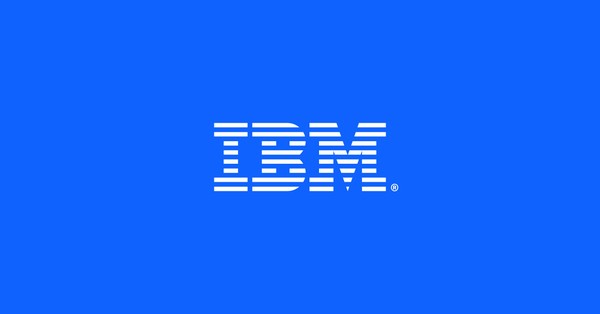By Dario Betti, CEO, Mobile Ecosystem Forum (MEF)
There’s an argument to be made that Alexa was the first celebrity AI. While Siri preceded Alexa (by three years), Siri has been more of a tech feature than a persona embedded in our personal spaces. But the Alexa most of us have access to (Alexa+ has not yet been rolled out globally) is the equivalent of a silent movie star at the dawn of “the talkies”. The hot new star is ChatGPT; of all the AI’s the public currently has access to, ChatGPT stands apart in scale and visibility. However, until recently, relatively little was known about what people actually do with it. OpenAI’s recent report, How People Use ChatGPT, offers the first detailed look into that question.
Understanding the limits
The study relies on a privacy-preserving analysis of anonymised data drawn from ChatGPT’s consumer users (Free, Plus, and Pro). Researchers saw only short snippets of text rather than full conversations or user identities, which imposes limits on their ability to interpret context or intent. The dataset also reflects a bias toward English-speaking, higher-income regions, meaning the results primarily describe the global “early adopters” rather than a universally representative sample.
Still, the report provides a compelling first snapshot of how generative AI is embedding itself in everyday professional and educational life, and how those uses are shifting in character and complexity.
From experimentation to integration
In its earliest days, ChatGPT users asked playful or creative questions, testing its boundaries. This initial “exploration phase” was about discovery – we were finding out what the model could and couldn’t do.
That initial curiosity has matured into the model becoming a companion for serious work; across a number of professions, ChatGPT is increasingly positioned as an amplifier of human effort rather than as an alternative/replacement. So far, full tasks are not automated by ChatGPT. Instead it accelerates early stages (such as drafting, summarising, reformatting, or debugging) to free people to focus on higher-value judgment and creativity.
This shift toward professional augmentation suggests there will be a redefining of productivity. As generative AI takes over the routine and the mundane, it boosts what individuals can accomplish, raising expectations of speed and output without necessarily reducing the human role.
Key patterns of use: creative meets technical
The report reveals two main clusters of ChatGPT use. One sees technical users (programmers, analysts, engineers) employ the model to troubleshoot, write code, or explain complex concepts. The other has creative professionals and educators using it for ideation, drafting, or refining communication. But the distinction between these camps is blurring with creative professionals learning to use the model for structured analysis, and technical users harnessing it for more expressive or conceptual work. The model’s versatility allows people to move fluidly between the creative and the technical, reshaping both disciplines in the process.
Education as a frontier
Education emerges in the report as one of the most dynamic frontiers of adoption. Students use ChatGPT to summarise reading materials, clarify difficult topics, and produce drafts; teachers deploy it to design lesson plans and develop exam questions. Despite ongoing debates about academic integrity, what stands out is a pragmatic embrace of the technology as a partner rather than a shortcut. Both educators and learners tend to verify, adapt, and refine its output – fact checking is a regular part of the process.
Education may be the proving ground for a wider cultural shift: AI as a collaborator, not just a writing or research tool.
Early signs of healthcare potential
While the report finds healthcare adoption still limited, it identifies promising areas of experimentation, from summarising clinical notes to generating plain-language explanations for patients. These uses are cautious and early-stage, but they will see generative AI assisting with the administrative and communicative burdens of medicine long before it enters diagnostic or treatment roles. As trust and regulation evolve, this assistive phase may set the tone for how AI enters other high-stakes areas.
Trends in adoption and generational divides
Professionals in technology, science, and business lead the way in AI adoption, while service and manual sectors lag. Younger users (particularly students and early-career professionals) treat ChatGPT as a natural part of their workflow – an extension of their thought process. Older cohorts tend to engage more selectively, using it as a discrete tool for productivity or communication. These generational differences suggest that as digital natives advance through the workforce, AI fluency will increasingly be assumed rather than learned.
Summary
OpenAI’s How People Use ChatGPT report offers a valuable first snapshot of generative AI adoption. The findings confirm what many suspected: that the technology is embedding itself in professional life, particularly in education, technology, and programming. They also highlight a surprising imbalance between productivity-driven and personal uses, showing that ChatGPT is less of a lifestyle assistant and more of a workplace companion.
That said, this is still an early-stage picture. The lack of longitudinal data, geographic breadth, and hard productivity metrics makes it difficult to draw firm conclusions about long-term impacts. For industry stakeholders, the report should be seen less as a definitive account and more as a baseline for further research.
ABOUT THE AUTHOR
Dario Betti is CEO of MEF (Mobile Ecosystem Forum) a global trade body established in 2000 and headquartered in the UK with members across the world. As the voice of the mobile ecosystem, it focuses on cross-industry best practices, anti-fraud and monetisation. The Forum, which celebrates its 25th anniversary in 2025, provides its members with global and cross-sector platforms for networking, collaboration and advancing industry solutions.
Web: https://mobileecosystemforum.com/
Twitter/X: https://x.com/mef
LinkedIn: https://www.linkedin.com/company/mobile-ecosystem-forum
Facebook: https://www.facebook.com/MobileEcosystemForum/



